Pinot noir is a thin‑skinned grape that shows place with unusual honesty. This guide explains how terroir and winemaking choices shape style across Burgundy, North America, New Zealand, Germany, and more, with practical advice for tasting, pairing, and buying.
Meet Pinot: the world’s most transparent grape
If Cabernet is a great orator, Pinot is a confessional poet. Thin skins, pale color, silky tannins, bright acidity—it rarely hides its origin or the hand that raised it. That’s why a glass from coastal California feels different than one from volcanic Central Otago or limestone‑rich Burgundy. Small adjustments matter: canopy shade, harvest date, a touch of whole clusters or a gentle press can change the mood without changing the grape.
Two truths to carry with you:
-
Pinot is responsive. Little shifts in climate and farming show up in the glass.
-
Balance beats bigness. Texture, line, and aftertaste tell you more than color or alcohol.
How winemaking shapes Pinot
Most producers ferment de‑stemmed fruit in small tanks to keep tannins fine, then age in older French oak for shape rather than flavor. Some lean into whole‑cluster stems for perfume and spice. In cooler zones you’ll see more red fruit and flowers; in warmer pockets, darker fruit and plusher texture.
Three cellar choices make outsized differences:
-
Malolactic fermentation: softens acidity and can add a subtle creamy feel.
-
Carbonic maceration: gives a burst of juicy red fruit and soft tannin—common in fresh, early‑drinking styles.
-
Clonal selection: different Pinot clones vary in cluster size, color, and flavor accents, letting growers fine‑tune style to site.
Serving notes: keep bottles around cellar temperature (55–60 °F / 13–16 °C), use a Burgundy bowl or large tulip glass, and decant young, tightly wound wines for 20–30 minutes.
Burgundy: the reference point
Burgundy is Pinot’s spiritual home. The Côte de Nuits gives you perfume and depth—rose, cherry, sometimes a savory line of earth—while the Côte de Beaune can be paler, silkier, and spice‑laced. Village wines are the classroom; Premier Crus add detail and length; Grand Crus hold the long notes. Vintages matter, but so does producer intent. In leaner years, smart growers still make graceful wines by picking ripe and extracting gently.
What it tastes like here: red cherry, raspberry, rose, violet, forest floor, a subtle lick of oak when used. Texture is the headline. The best bottles seem to hum rather than shout.
Pairing ideas: roast chicken, duck breast, mushroom risotto. Keep sauces glossy, not sweet.
United States: coastline, fog, and detail
America’s best Pinot grows near cold water and morning fog. Think Sonoma Coast, Russian River Valley, Santa Lucia Highlands, Santa Barbara’s transverse valleys (Sta. Rita Hills), and Oregon’s Willamette Valley.
-
Oregon (Willamette Valley): red cherry, cranberry, tea leaves, white pepper; fresh acidity and fine tannins. Sub‑regions like Dundee Hills or Eola‑Amity add nuance.
-
California (coastal): from the taut, herbal elegance of the Sonoma Coast to the darker cherry and cola notes of Russian River and the tension‑plus‑ripeness of Sta. Rita Hills.
-
Other pockets: Santa Cruz Mountains can be mineral and lifted; Anderson Valley mixes red fruit with a cool‑climate edge.
Buying tip: many top American producers bottle a regional cuvée for value and site wines for detail. Start with the former, climb to single‑vineyard bottlings once you like a house style.
New Zealand: brightness with backbone
From north to south the accent shifts. Martinborough brings structure and savory herbs; Marlborough is bright and red‑fruited; Central Otago, farther south and higher in elevation, often shows darker cherry, violet, and a precise line of acidity riding through generous fruit.
Food mood: lamb with thyme, grilled salmon, or soy‑glazed mushrooms—it plays well with umami and fresh herbs.
Germany: Spätburgunder with finesse
Germany’s Pinot—Spätburgunder—has leveled up. Baden and the Ahr show ripeness and polish; the Pfalz and Rheingau can be elegant and finely etched. Expect red cherry, wild strawberry, rose, gentle spice, and a cool core of acidity. Oak use is increasingly subtle, letting site character lead.
Where to start: village‑level or estate bottlings from producers you see mentioned across vintages; they’re precise, food‑friendly, and fairly priced.
The rest of the world, quick tour
Australia: Yarra Valley and Mornington Peninsula emphasize red fruit, spice, and freshness. Tasmania is brisk and mineral.
Chile: Casablanca and San Antonio benefit from Pacific breezes; styles are bright, herbal‑tinged, and medium‑bodied.
South Africa: Hemel‑en‑Aarde offers fine‑boned reds with cranberry, cherry, and gentle earth; oak is increasingly restrained.
Italy: Alto Adige and Oltrepò Pavese produce lifted, crunchy styles; in Friuli, look for delicate, floral versions.
Spain: Look to cooler Atlantic‑influenced corners for light, floral expressions.
Tasting Pinot: what to look for
Pinot rewards slow attention. Start with color, but don’t judge by depth—pale wines can be profound. Swirl and sniff for fruit and flower accents, then look for earth, herb, or spice. On the palate, notice three things: acidity (mouth‑watering or soft), tannin texture (silk to suede), and the shape of the finish (quick fade or echoing length). If a wine feels heavy, let it warm and watch the edges soften; if it feels thin, give it a little air.
Three quick pitfalls to avoid:
-
Chasing color. Darker isn’t better; extraction can swamp nuance.
-
Over‑oaking. Vanilla gloss can hide place; seek producers who lead with fruit and site.
-
Heat damage. Pinot bruises easily—buy from shops you trust and keep it cool in transit.
Pairing made easy
Pinot loves dishes that mirror its balance. If the plate is delicate, keep the wine delicate; if the plate is richer, step up to a fuller style.
Go‑to matches:
-
Roast chicken or duck with pan juices and herbs
-
Salmon, tuna, or trout with a light sear
-
Mushrooms in any form—risotto, roast, or on toast
Cheese lane: soft ripened cheeses, Comté, young Gouda. Skip very blue or very spicy styles that can dominate the wine.
Buying and cellaring without panic
You don’t need a label decoder ring. Start with regional or village‑level wines from producers who value freshness; move to single‑vineyard bottlings when you want detail and longevity. In warmer regions, favor cooler sub‑zones or earlier‑picking producers for balance.
Cellar guide: most entry wines sing within three years. Serious bottles can improve for 5–15 years, gaining sous‑bois (forest floor), truffle, and dried‑rose notes. Store cool and steady. When in doubt, buy two—open one early to learn the arc, save one for later.
Sparkling Pinot: not just still wines
Pinot is a cornerstone of many traditional‑method sparkling wines. In Champagne, it can be the backbone of blends, or bottled as blanc de noirs for red‑grape depth without color. Elsewhere—England, Oregon, Tasmania—Pinot adds red‑apple notes, texture, and persistence to sparkling cuvées.
The take‑home
Pinot noir is a mirror for place and intention. Learn a few regions you love, find producers who prize balance, and trust your palate. Whether you’re opening a Tuesday‑night bottle from the Mâconnais or a special‑occasion Burgundy, the pleasure is in the nuance and the conversation it sparks.
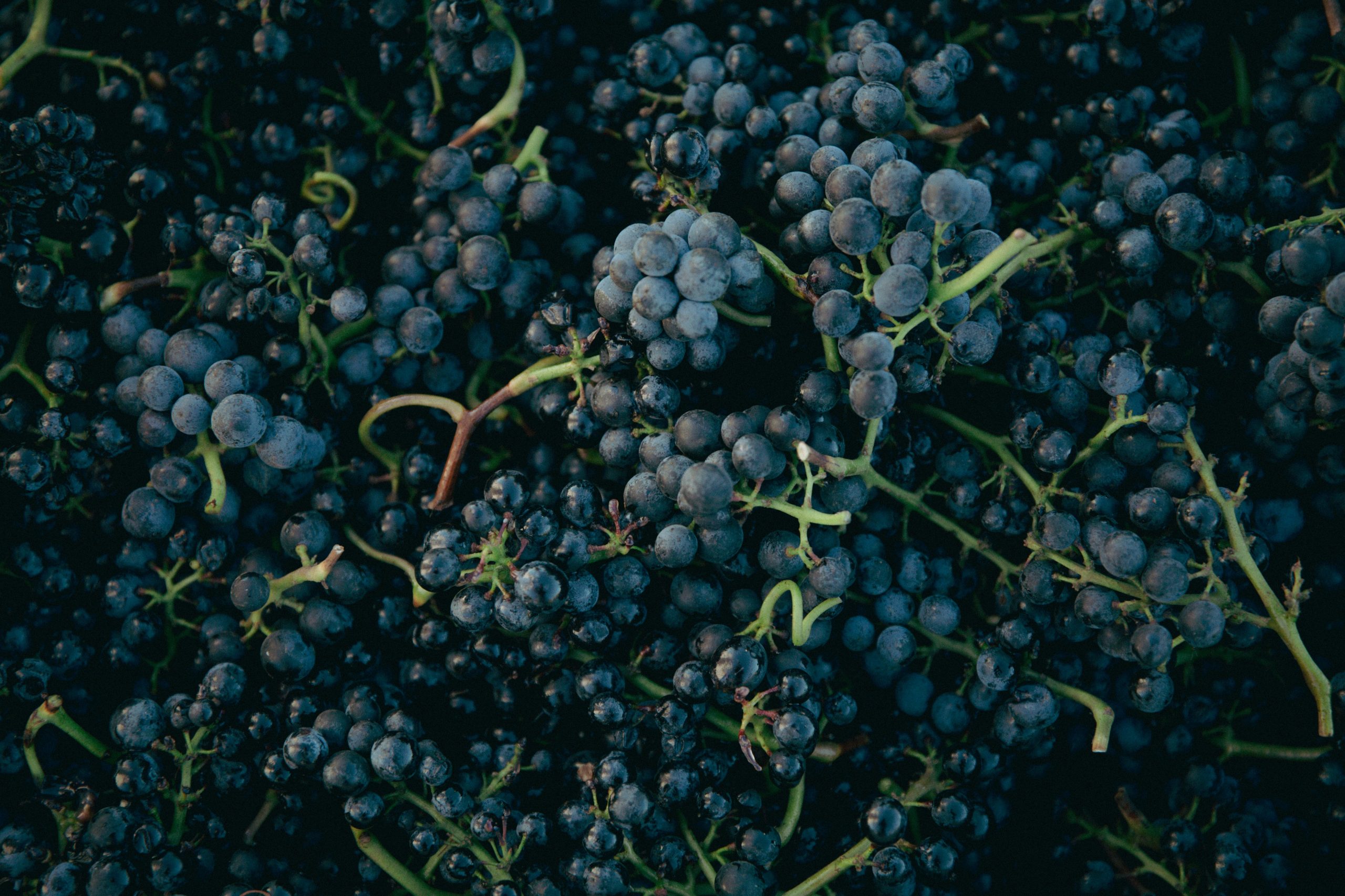
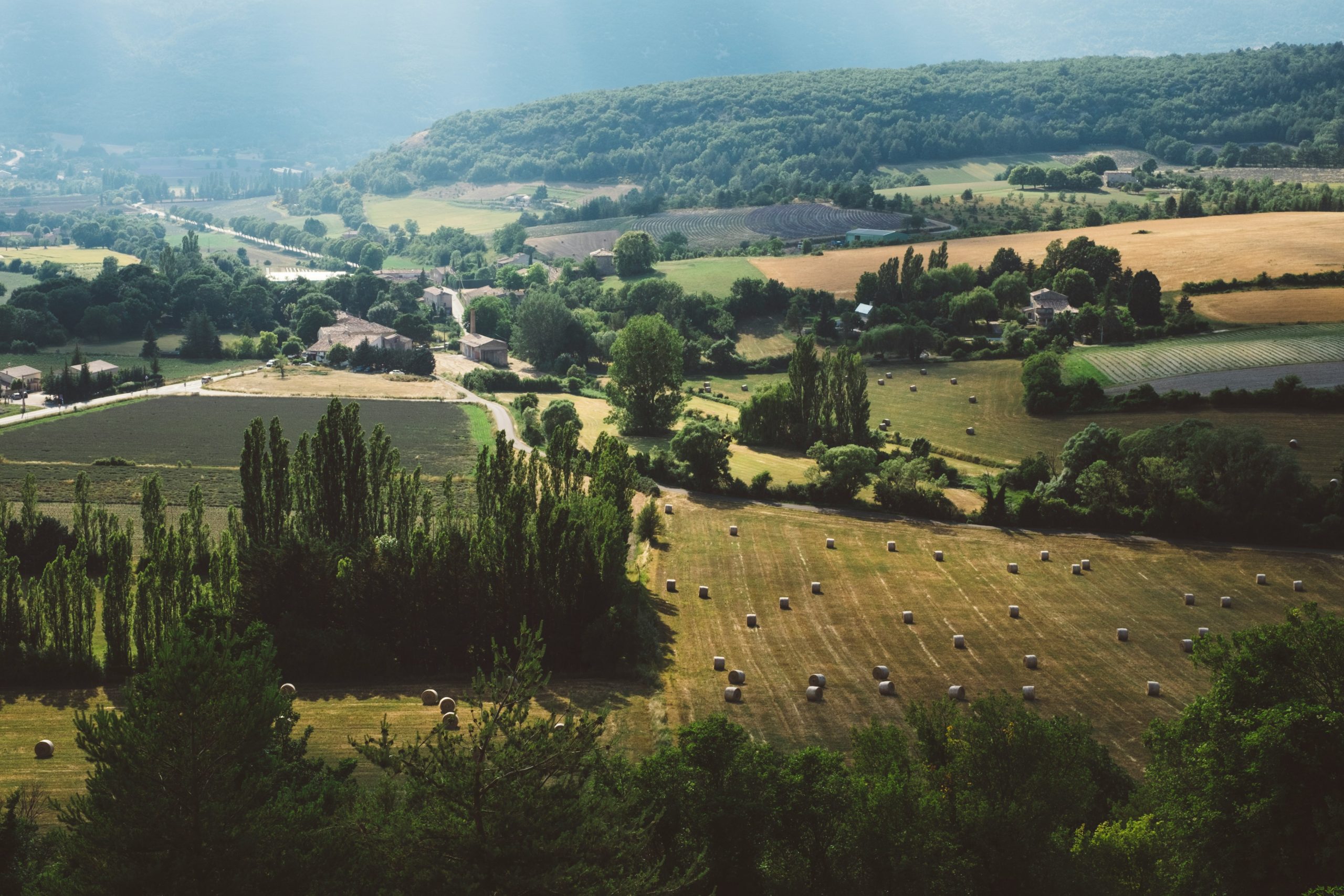

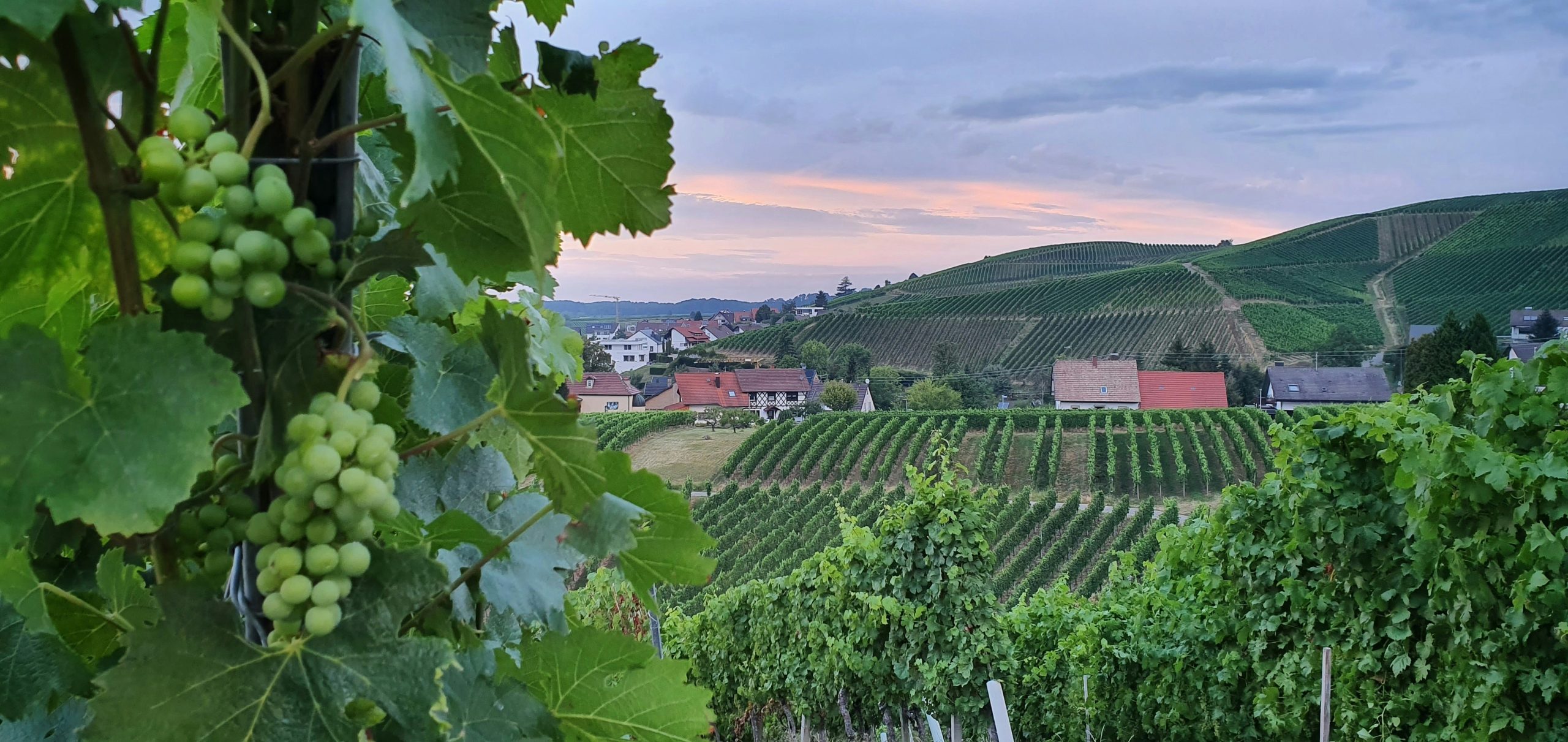
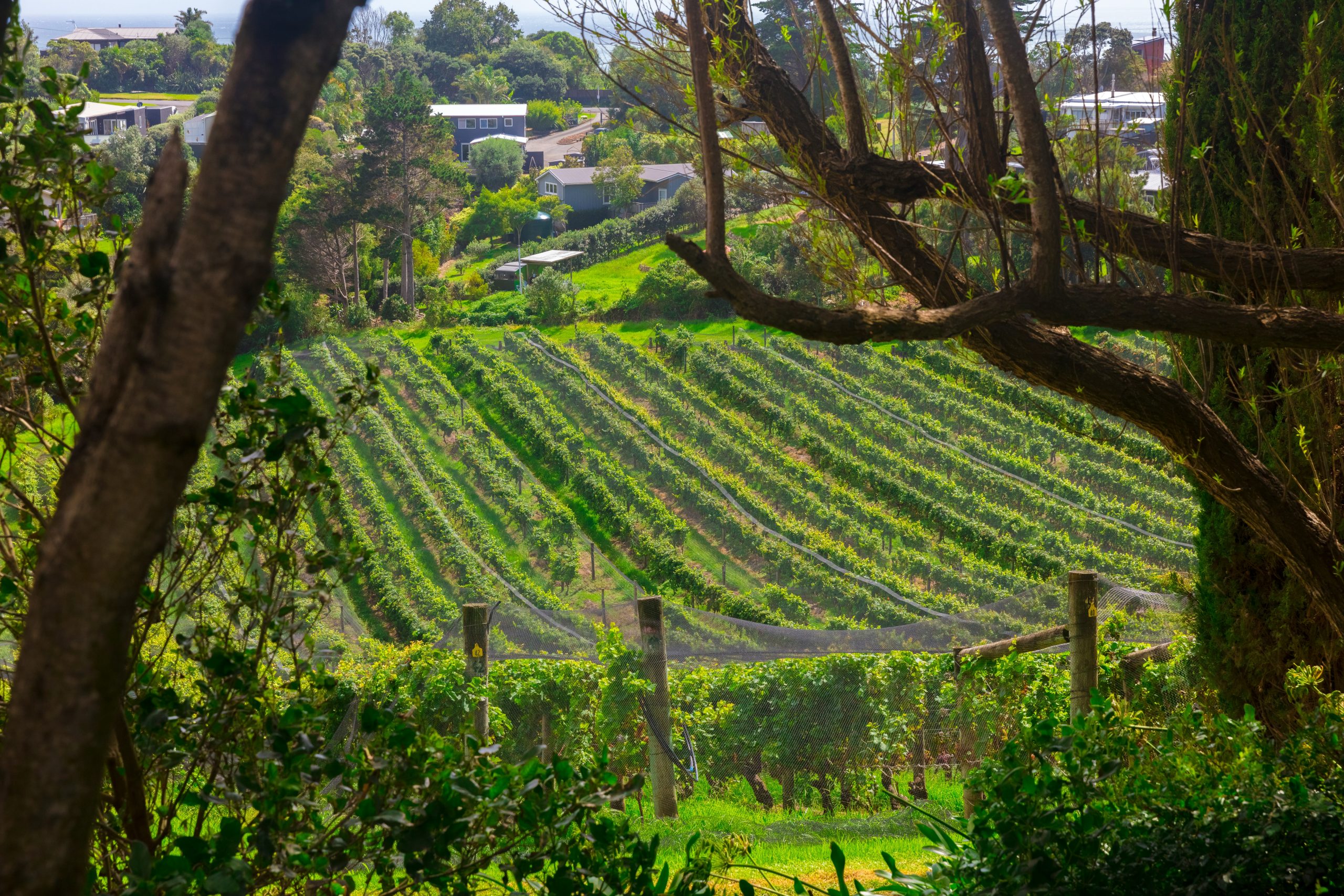



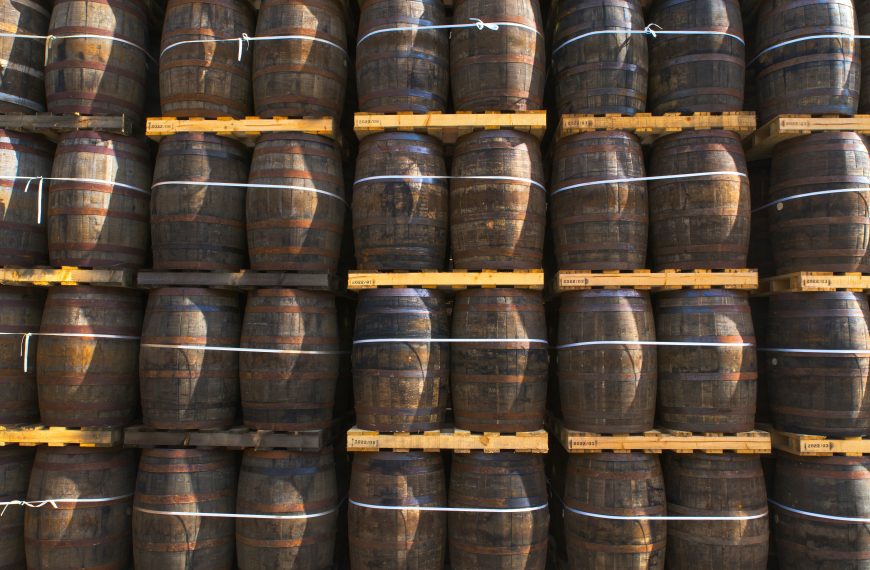






Comments